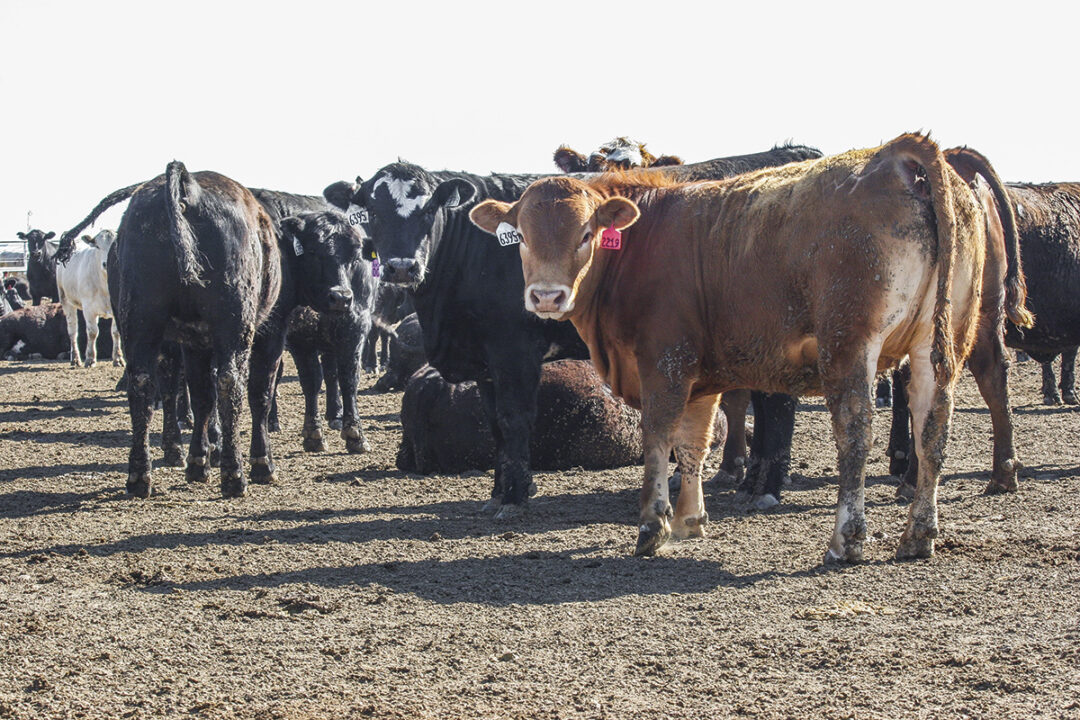Those in production agriculture are well aware that the industry’s current exemptions from air emission regulations continue to be an area of controversy, especially with environmental groups. This article provides an update on two recent developments that support the need for continued efforts at the local, state and national level by proponents of agriculture related to these issues.
Environmental groups demand that EPA target animal agriculture
For the most part, current federal environmental law is not well suited to regulate air emissions from agricultural activities. Recent actions by the legislature and the EPA have exempted reporting requirements from animal operations (under the Comprehensive Environmental Response, Compensation, and Liability Act and the Environmental Planning and Community Right-to-Know Act). And the Clean Air Act, as currently drafted, is not set up to regulate the majority of agricultural activities. However, as discussed below, this does not prevent environmental groups from advocating that these laws are tools that should be used to regulate emissions from agriculture.
In a two-page letter dated July 19, 2022, over 200 environmental groups wrote to EPA Administrator Michael Regan, demanding that the EPA “exercise its existing statutory authority to protect communities from the harmful impacts of concentrated animal feeding operations… .” Not to substantiate or give weight to the letter’s claims, the following summarizes some of the arguments and assertions made by the environmental groups.
Citing two of President Joe Biden’s January 2021 executive orders (Tackling the Climate Crisis at Home and Abroad, and Advancing Racial Equity and Support for Underserved Communities Through the Federal Government), the letter claims that the EPA is engaging in “environmental racism” by failing to protect rural communities living near concentrated animal feeding operations (CAFOs). Specifically, the letter states that the vertically and horizontally integrated “meat production supply chain” generates as much as “1 billion tons of manure each year” and degrades “air and water resources and destroy the quality of life” for communities located nearby, which are “disproportionately low-wealth and/or communities of color.”
Among the wastes created, the letter goes on to explain that CAFOs emit ammonia and hydrogen sulfide, both of which the letter asserts are associated with asthma, chronic obstructive pulmonary disease and other serious health issues. The letter cites a 2021 study that purportedly found that air pollution from “industrial livestock production” causes approximately 12,700 deaths in the U.S. each year, which is more than those caused from pollution from coal plants.
In addition to ammonia and hydrogen sulfide, the letter also addresses greenhouse gases (GHG), stating that animal agriculture, as the top source of methane emissions in the U.S., is contributing to climate change which “disproportionately affects communities of color, low-income communities and other vulnerable populations.”
In response to the claims of pollution and climate change, the environmental groups urge the EPA to use federal law to “hold accountable the industrial livestock agribusinesses from profiting from the exploitation of environmental justice communities.” The letter says that “[m]any of our bedrock environmental protection laws – such as the Clean Air Act, the Clean Water Act, and the Emergency Planning and Community Right-to-Know Act – already authorize EPA to oversee emissions and discharges from CAFOs, but [the] EPA has consistently exempted animal agriculture from standards meant to protect communities from industrial pollution.”
This letter, in combination with the current EPA’s interest in investigating and pursuing environmental justice initiatives, suggests this is a concern that should be taken seriously by animal agriculture producers and organizations.
Securities Exchange Commission’s greenhouse gas disclosure rule
Earlier this year, the Securities Exchange Commission (SEC) issued for public comment a proposed rule (The Enhancement and Standardization of Climate-Related Disclosures for Investors) that would mandate the disclosure of GHG emissions from certain publicly traded companies. The proposed rule included three categories of emissions that would be disclosed: direct GHG emissions, indirect GHG emissions from purchased electricity (or other forms of energy), and GHG emissions from upstream and downstream activities in the company’s value chain.
One of the real concerns with the SEC’s proposed rule is the “Scope 3” emission disclosure requirement. These indirect emissions, depending on the scope of the definition of “value chain,” may include distant supplier activities, which has the potential to impact agricultural producers, irrespective of size, who at some point find themselves in upstream or downstream activity of a publicly trade company.
In response to the SEC’s proposed rule, Congressman Troy E. Nehls (R-Texas) introduced a bipartisan bill (the Scope 3 Act (H.R. 8507)) that would prohibit publicly traded companies from being required to disclose or provide their GHG emissions or consumption information of their value chains. Multiple agricultural organizations have endorsed the bill, understanding the critical impact this sort of rulemaking might have on farmers and ranchers. The SEC plans to release the final rule by the end of 2022, so stay tuned, as this will be an important issue to monitor moving forward.










